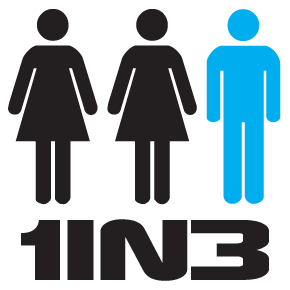Research and statistics about family violence and abuse can be complex and difficult to interpret due to the wide variation in research methodologies employed, and the different definitions of violence and abuse used by researchers and academics.
Regrettably, while well-intentioned, many past efforts to reduce family violence against women have inadvertently used incorrect or misleading statistics‚ which unfairly stigmatise men and boys as violent and abusive, while simultaneously denying or downplaying the existence of male victims of violence.
All victims of violence and abuse, whether male or female, deserve policies based upon up-to-date accurate data. Flawed data can only lead to flawed policies and actions, and many children continue to be exposed to violence because of these misinterpretations.
Understandably many people, including the media, politicians and other decision-makers, simply quote the facts and figures that are given to them. This leads to misunderstandings and biases being reproduced and legitimised on a regular basis. The One in Three Campaign aims to address the widespread misinformation about family violence and abuse by providing accurate data to the public about this important issue.
By attacking misleading statistics about violence against women, isn't the One in Three Campaign attacking women? How does exposing flawed data about violence against women support male victims of family violence?
We believe the public deserves to be told the truth about family violence and abuse. For decades well-meaning governments and NGO's have presented the myth to the public that family violence is only something that men do to women. This message has prevented the development of more comprehensive policies, programs, services, campaigns and funding to cater for male as well as female victims of family violence and abuse.
By exposing the statistical flaws which maintain these myths about violence against women, we are hoping to expose the truth, and by doing so, change the public perception of domestic and family violence. It is our hope that governments (state and federal) will expand their response to domestic violence to include all victims and perpetrators regardless of their gender, and in doing so, comply with our international human rights obligations.
We are concerned that policies and programs that only target men's violence against women might inadvertently give some female perpetrators the feeling that they have impunity and an entitlement to act inappropriately. In addition, they discriminate against children whose mothers use violence by denying them protection.
We recognise there will be some people who will be offended by our challenge to the incorrect data. However, every attempt has been made to ensure our research into the statistics is verifiable, rigorous and without prejudice. If any errors are found, please let us know and we will correct them immediately.
The One in Three Campaign is fully supportive of all genuine programs designed to protect women and children from violence. We are simply seeking similar protection for men and boys and asking that the vast majority who are not violent are no longer tarred with the brush of “violent males”.

